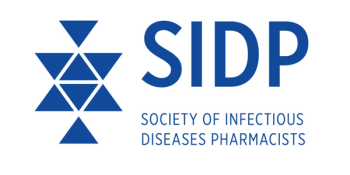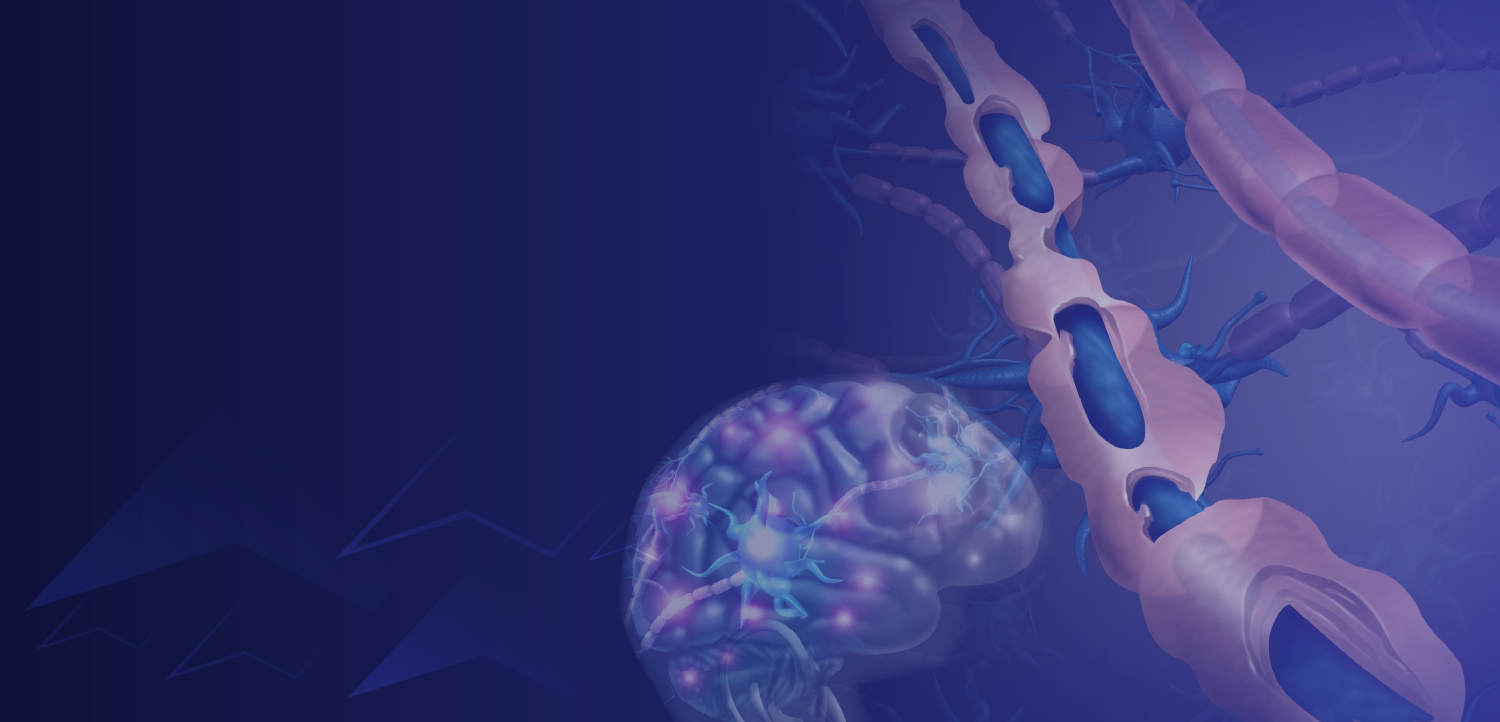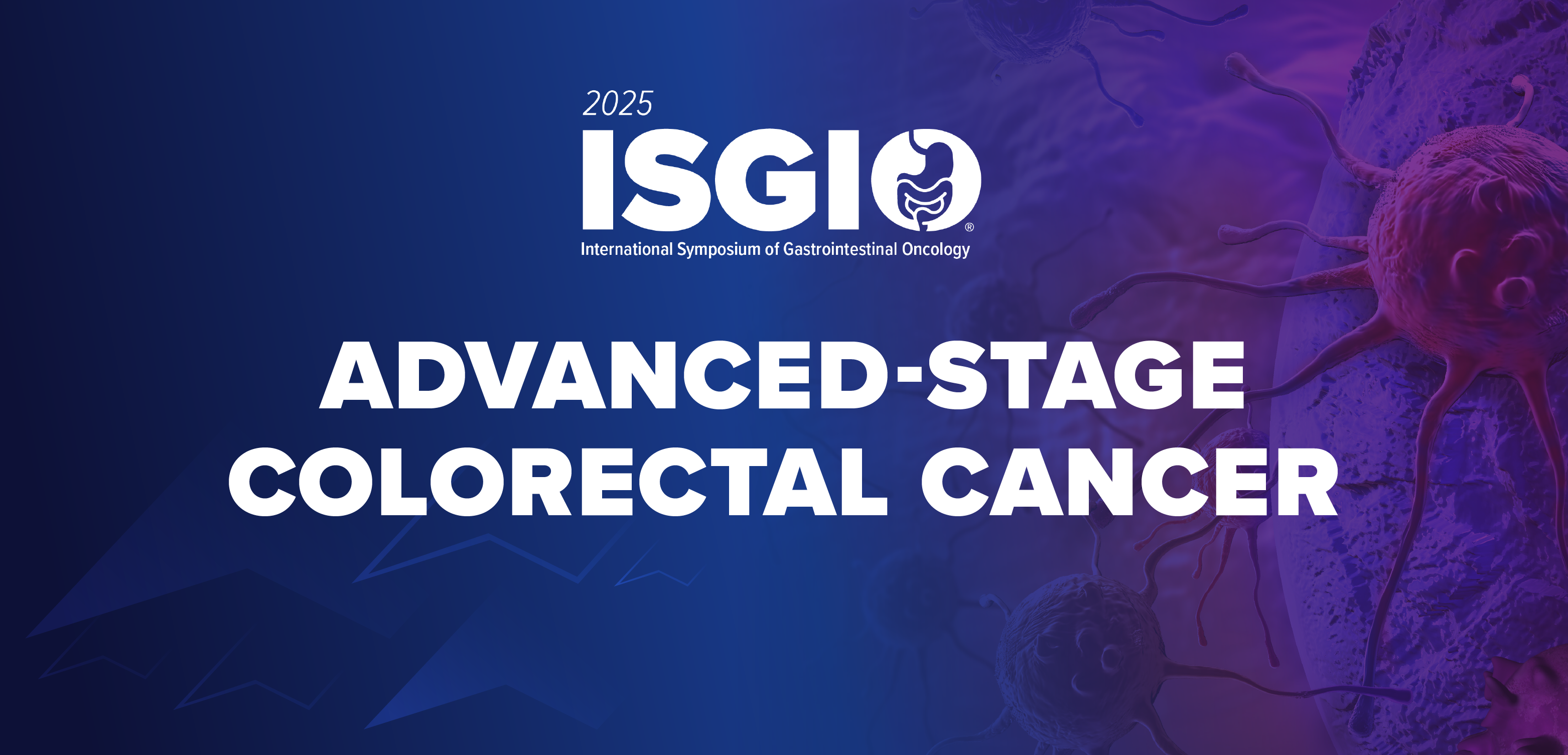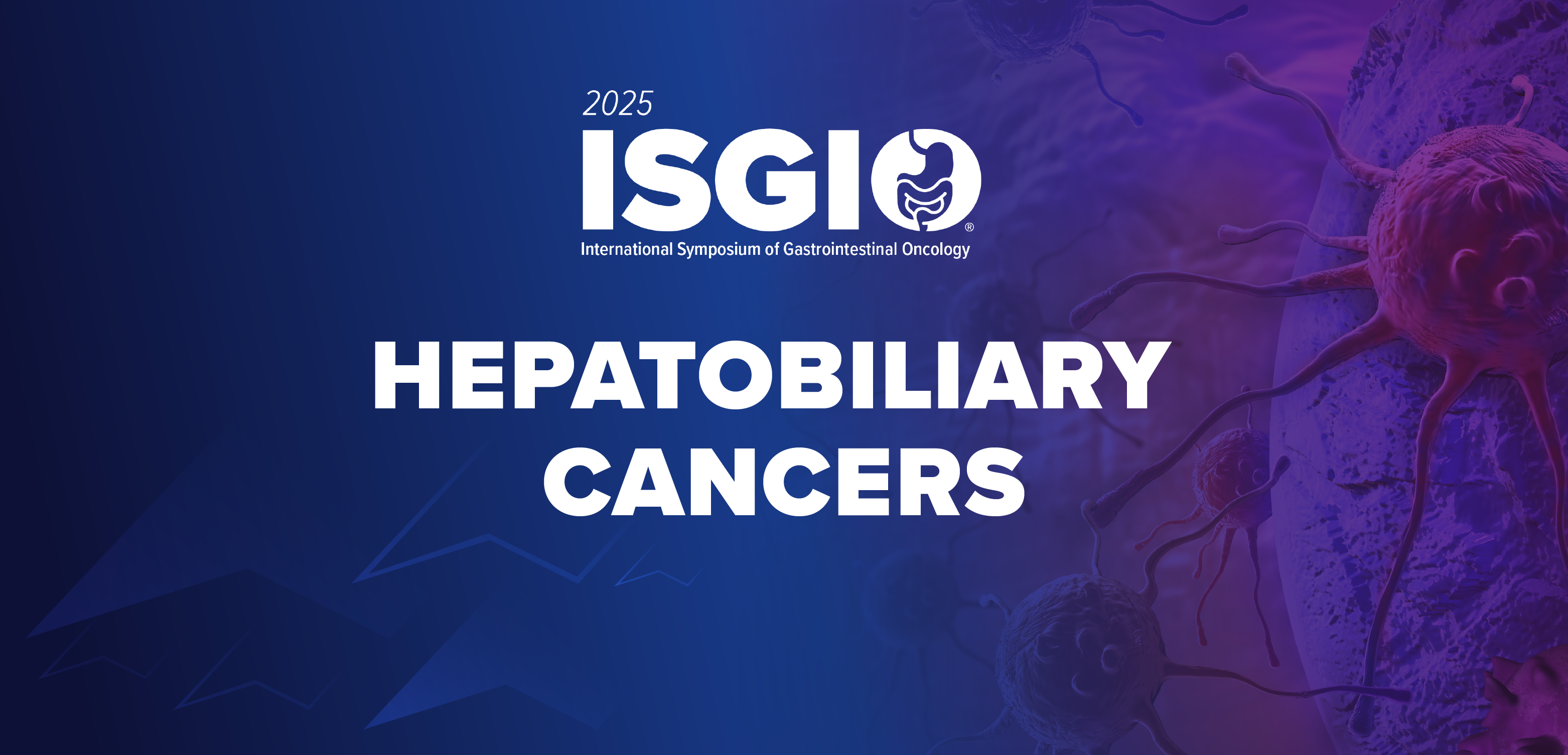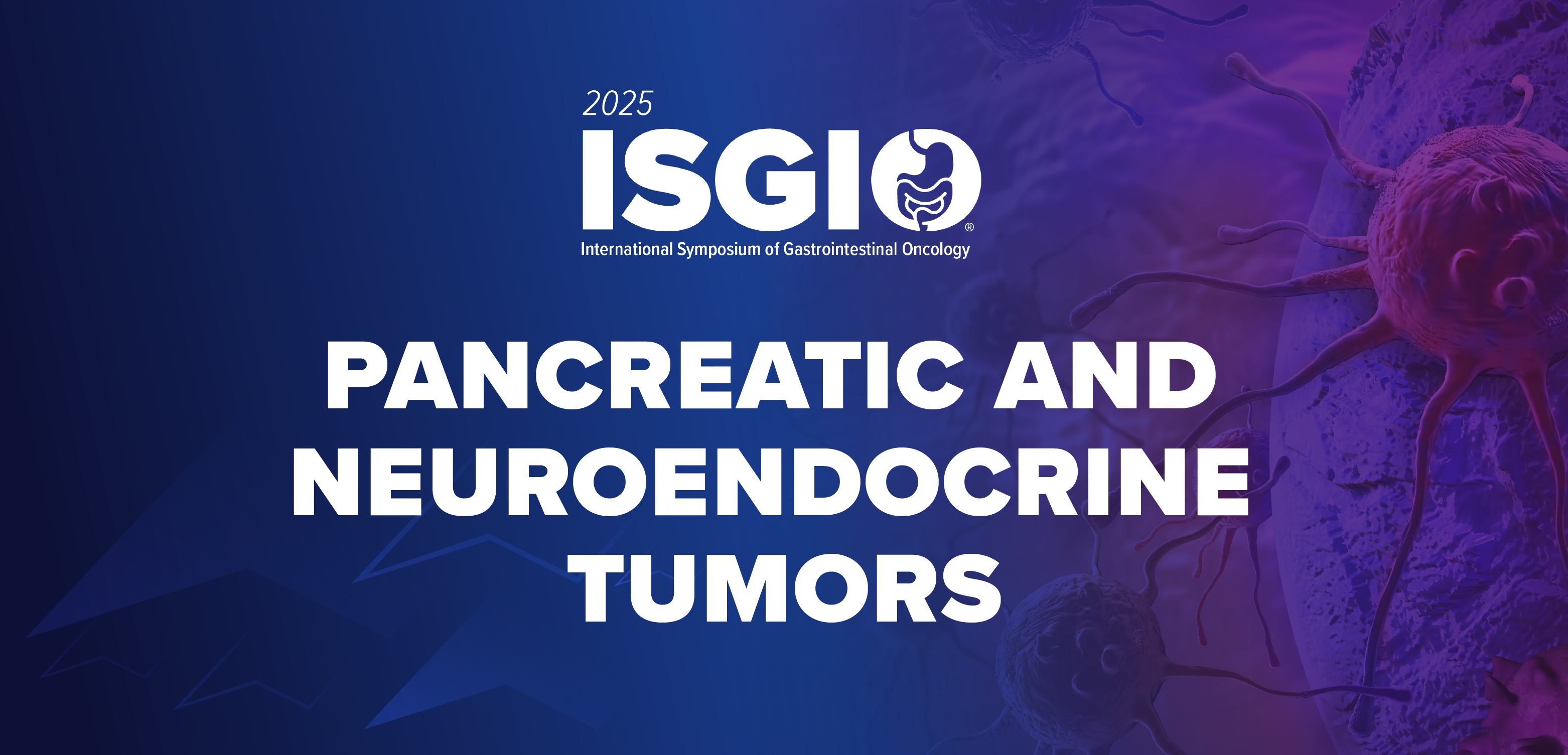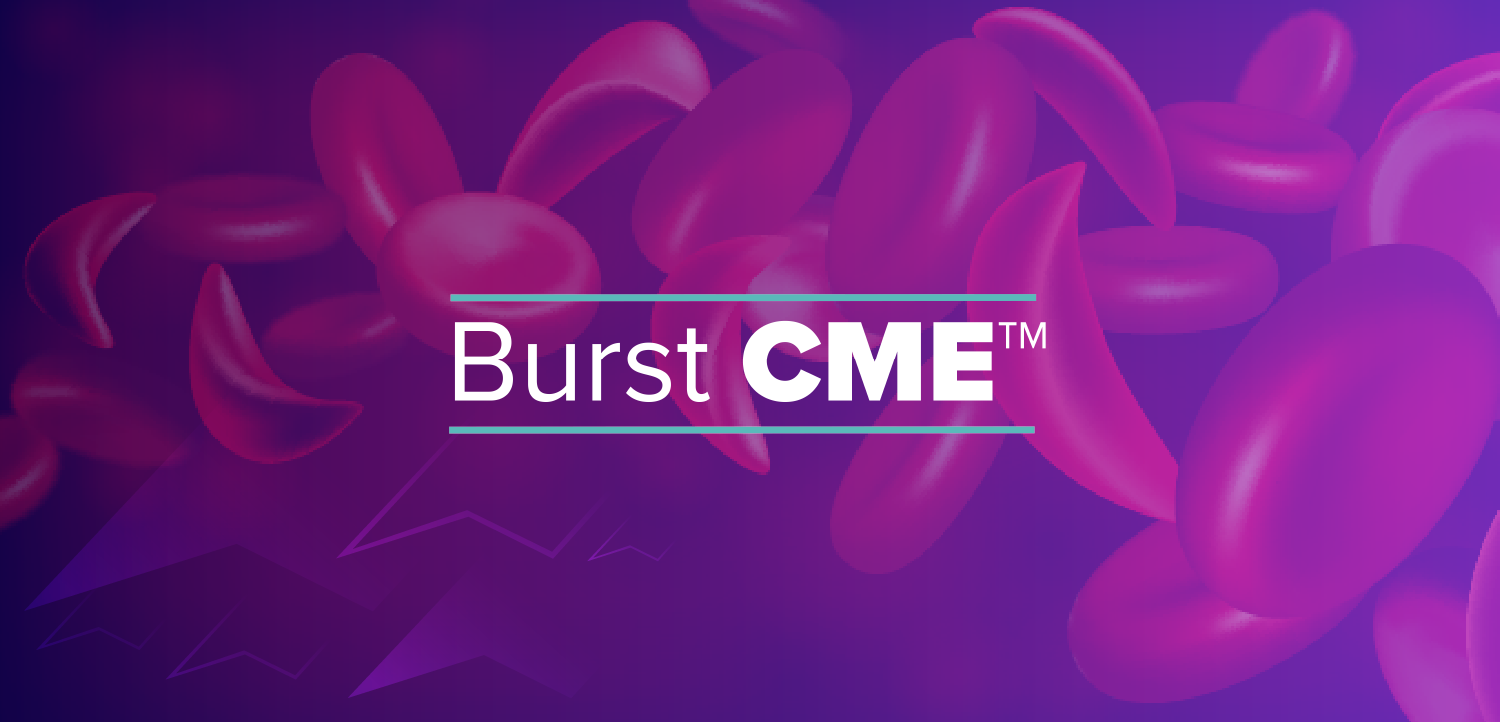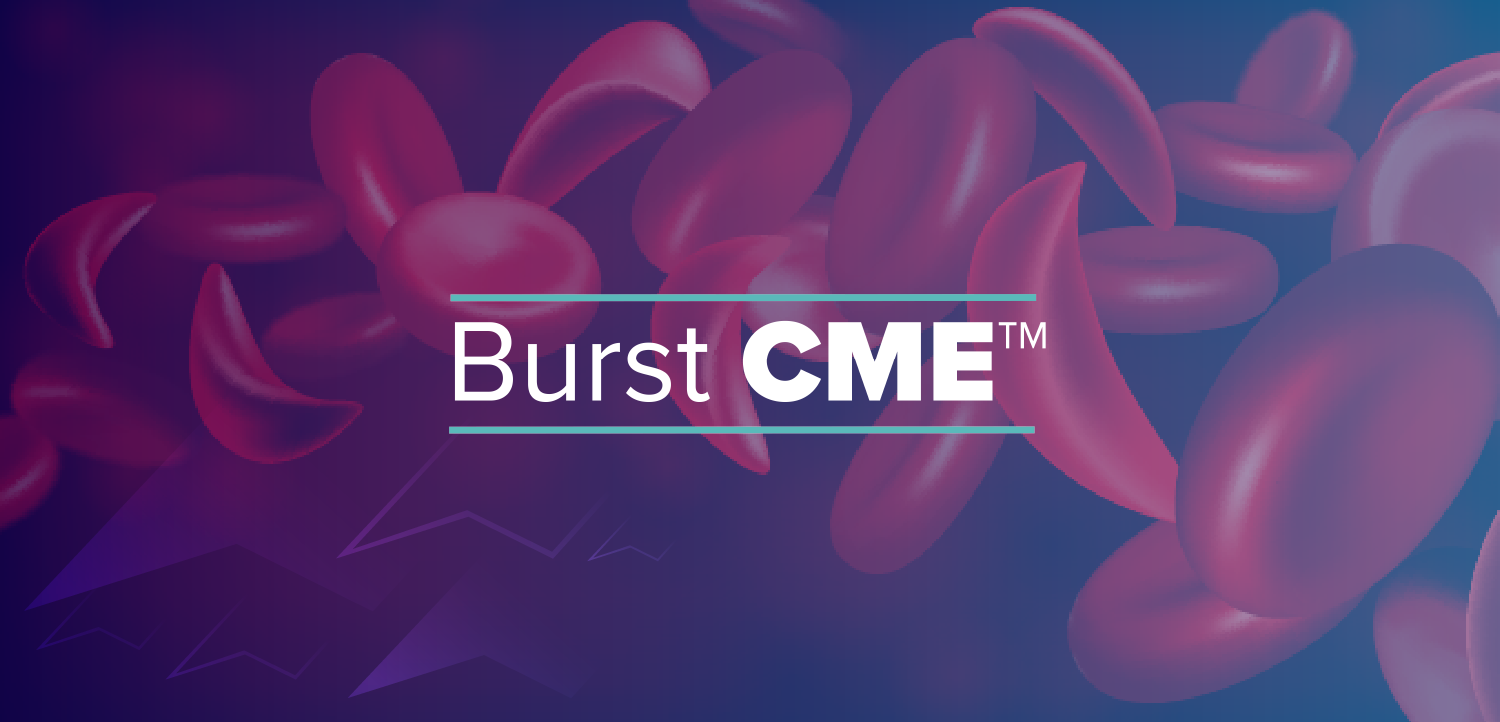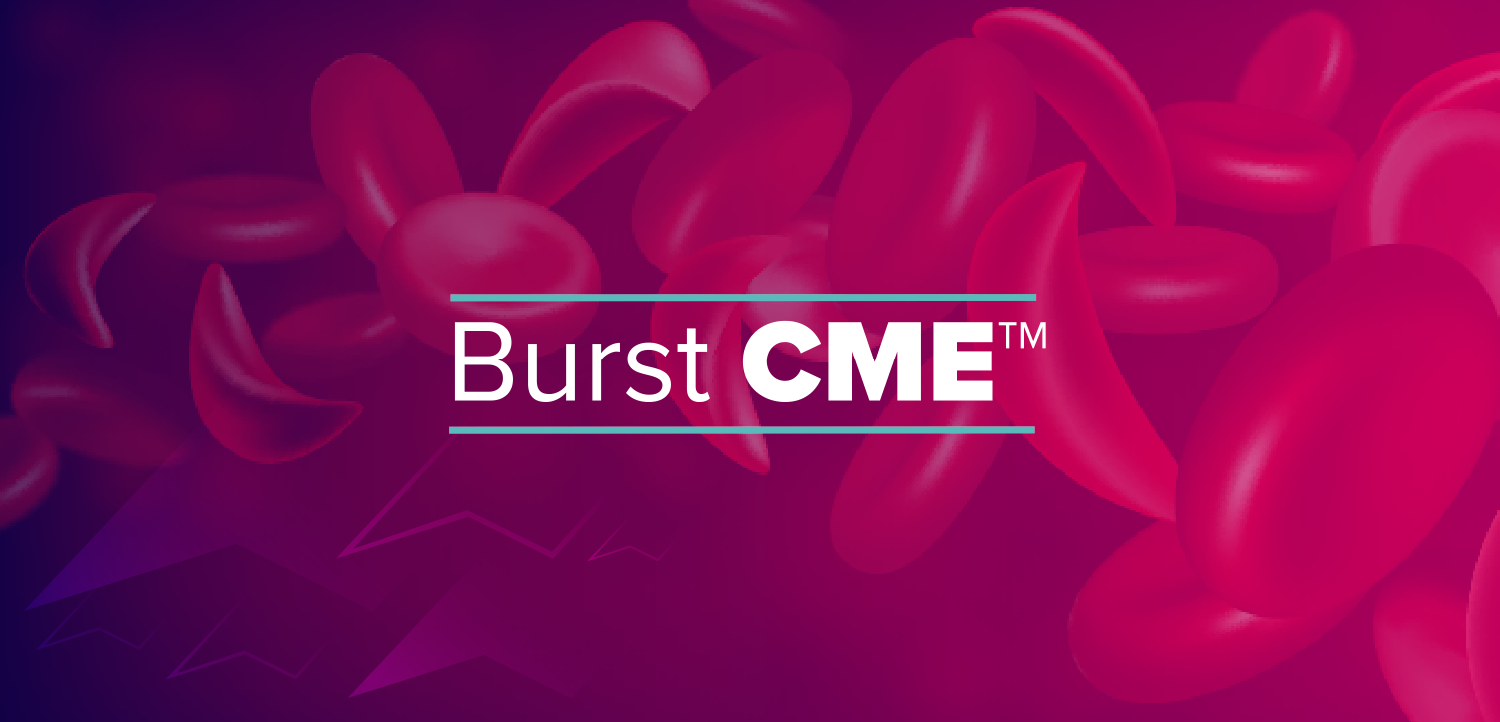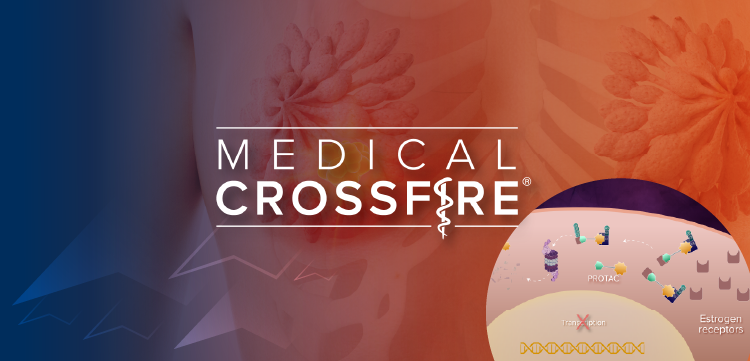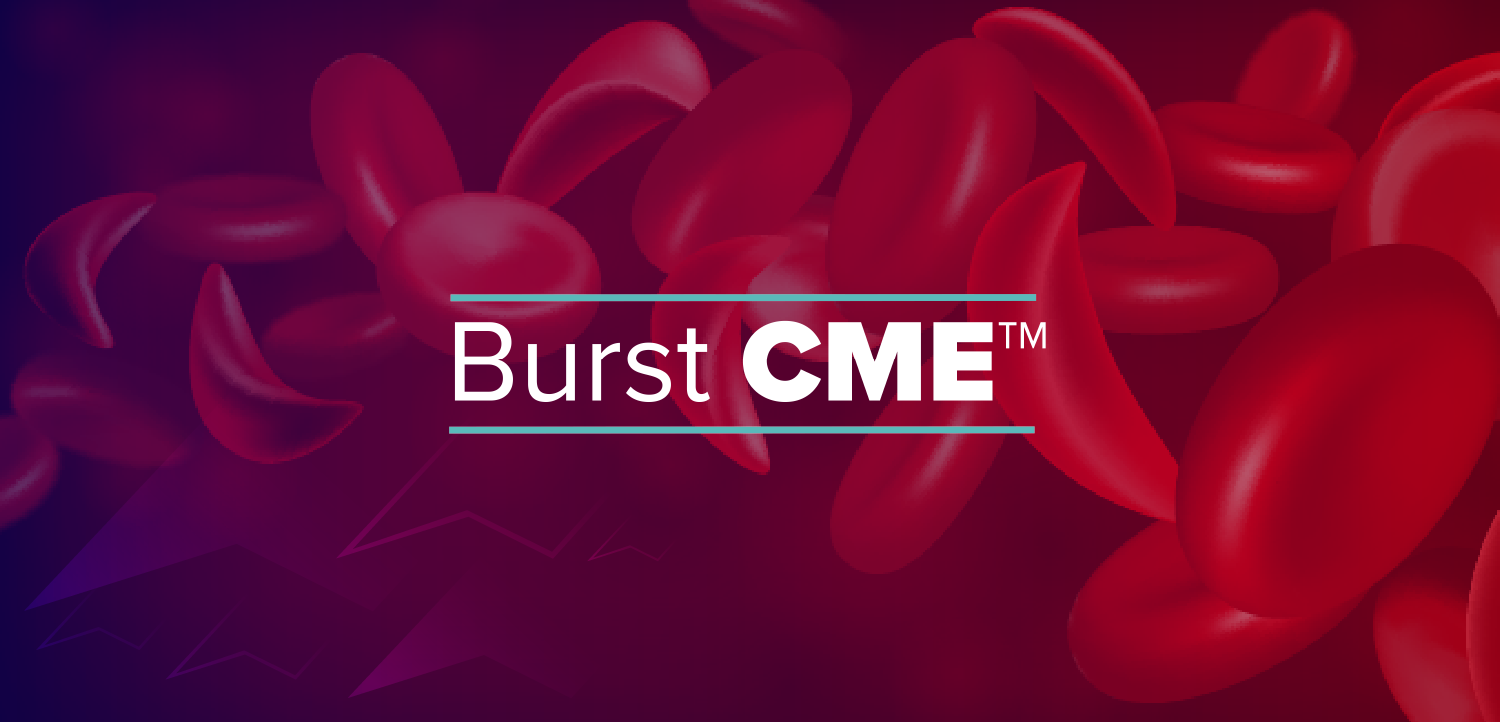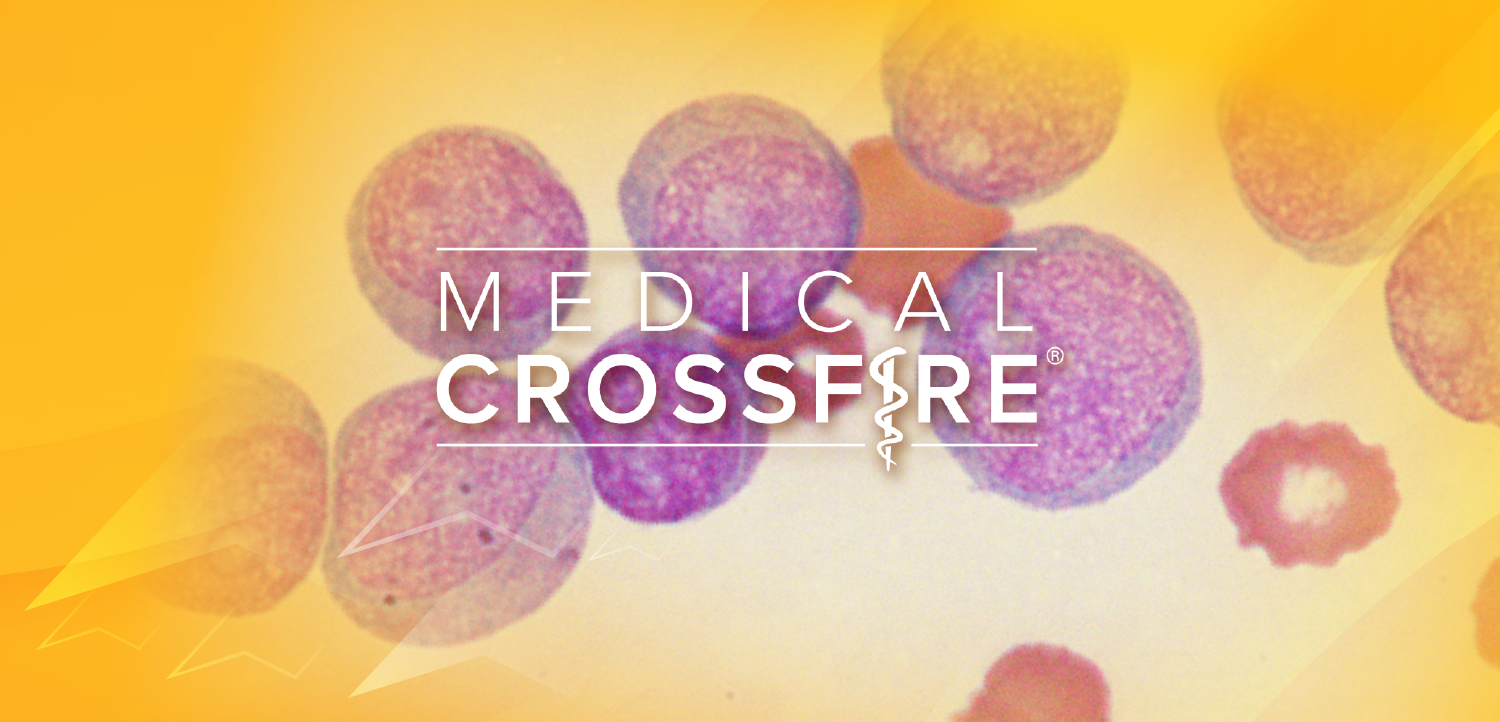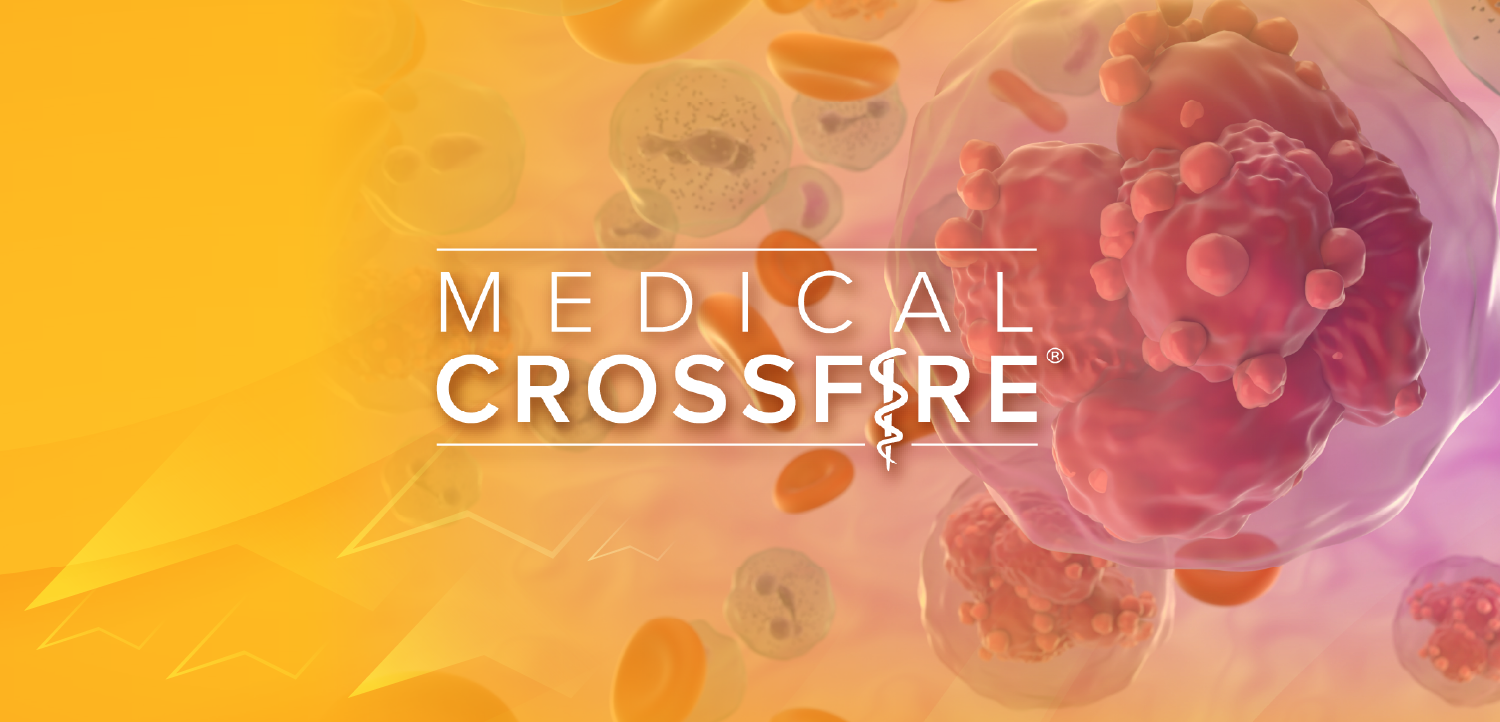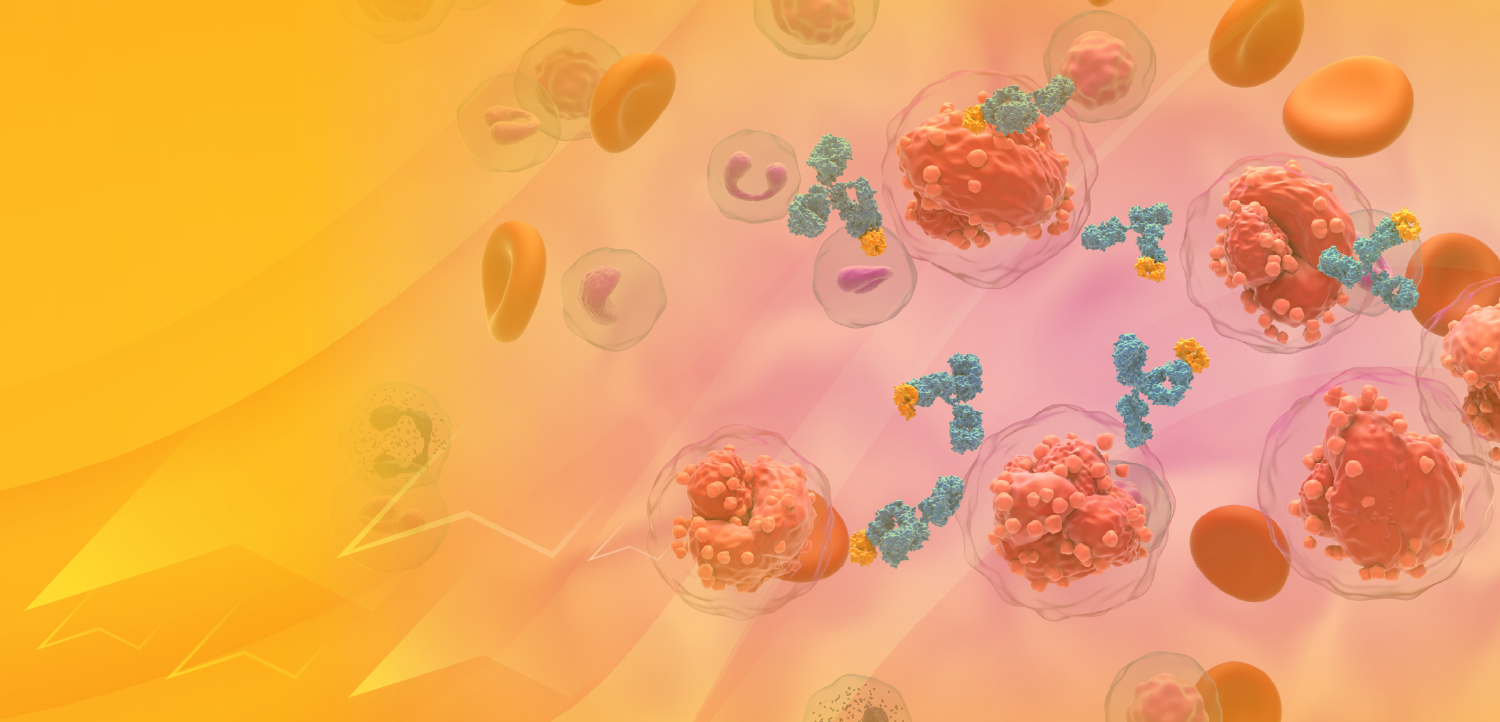Merck’s investigational HIV therapy, doravirine/islatravir (DOR/ISL), has had its new drug application accepted by the FDA and has a PDUFA target date set for the spring of next year (April 28).
“The health needs of people living with HIV often change over time—whether it’s managing comorbidities or navigating complex medication regimens,” Eliav Barr, MD, senior vice president, head of global clinical development and chief medical officer, Merck Research Laboratories, said in a statement. “We believe DOR/ISL, if approved, will represent an important new complete regimen option designed to help meet their diverse needs.”1
Phase 3 Trials Parameters and Results
The FDA acceptance for the once-daily, oral, treatment was based on its 2 phase 3 clinical trials (MK-8591A-051 and MK-8591A-052).
The MK-8591A-051 trial is an open-label, randomized, active-controlled clinical trial evaluating the efficacy and safety of a switch to investigational, oral, once-daily DOR/ISL (100mg/0.25mg) in adults with HIV infection that has been virologically suppressed using ART. The primary efficacy endpoint was the percentage of participants with HIV RNA ≥50 copies/mL at Week 48 (non-inferiority margin 4%). In this trial, 551 adults with HIV RNA <50 copies/mL for three months or more on oral 2- or 3-drug ART, with no history of treatment failure and no known virologic resistance to DOR, were randomized 2:1 and switched to DOR/ISL (n=366) or continued bART (n=185), stratified by bART regimen.1
The MK-8591A-052 trial is a double-blind, randomized, active-controlled clinical trial to evaluate the efficacy and safety of a switch to investigational, oral, once-daily DOR/ISL (100mg/0.25mg) in adults with HIV infection that has been virologically suppressed on BIC/FTC/TAF (50mg/200mg/25mg). The primary efficacy endpoint was the percentage of participants with HIV RNA ≥50 copies/mL at Week 48 (non-inferiority margin 4%). In this trial, 513 adults with HIV who had virologic suppression for three months or more on BIC/FTC/TAF, no history of treatment failure and no known resistance to DOR were randomized (2:1) and switched to DOR/ISL (n=342) or continued treatment with BIC/FTC/TAF (n=171).1
In those trials, DOR/ISL was demonstrated to be non-inferior to baseline antiretroviral therapy (bART) in the open-label trial MK-8591A-051 and non-inferior to bictegravir/emtrictabine/tenofovir alafenamidei [BIC/FTC/TAF (50mg/200mg/25mg)] in the double-blind trial MK-8591A-052.1
What You Need to Know
Merck’s investigational once-daily oral therapy, doravirine/islatravir (DOR/ISL), demonstrated non-inferior efficacy to current baseline antiretroviral therapies in two Phase 3 trials, potentially offering people living with HIV a new simplified regimen without compromising viral suppression.
In both the MK-8591A-051 (open-label) and MK-8591A-052 (double-blind) studies, over 90% of participants maintained viral suppression at Week 48, meeting the primary non-inferiority endpoints compared to current ART regimens (bART and BIC/FTC/TAF). Safety profiles were generally comparable between treatment groups.
While islatravir is part of the DOR/ISL combination under FDA review (PDUFA target next spring), it’s also being studied in weekly oral regimens—including combinations with lenacapavir (Gilead) and ulonivirine (Merck)—underscoring its potential as a flexible backbone in next-generation HIV treatment strategies.
“At week 48, the proportion of individuals that maintain their viral suppression was the same between the 2 groups," Luisa Stamm, MD, PhD, associate vice president, Infectious Disease Clinical Research, section head, HIV, Merck, said in a previous interview with Contagion. "So we did meet our noninferiority primary efficacy endpoint with over 90% of individuals in both treatment groups maintaining viral suppression."2
Across both trials, the safety profile of DOR/ISL was generally comparable to comparator baseline antiretroviral regimens in trial MK-8591A-051 and BIC/FTC/TAF in trial MK-8591A-052.1
About the Agents
Doravirine was FDA approved in 2018 and is marketed under the brand name Pifeltro. It is a nucleoside reverse transcriptase translocation inhibitor (NRTTI), that was developed by Merck.3
Islatravir was also developed by Merck, and it is an investigational NRTTI that blocks HIV-1 replication by multiple mechanisms including inhibition of reverse transcriptase translocation, resulting in immediate chain termination and induction of structural changes in the viral DNA, resulting in delayed chain termination.1
Separately, islatravir is being studied in combination with Gilead’s lenacapavir in a phase 3 trial as a novel oral once-weekly treatment for HIV. Additionally, Merck’s islatravir is being studied as a combination treatment with the company’s investigational NNRTI ulonivirine (MK-8507), and is currently in phase 2 development as an oral once-weekly treatment.1
Learn more: Doravirine and Islatravir Combination Shown to be Noninferior to Once-Daily ART
References
1. U.S. FDA Accepts New Drug Application for Merck’s Doravirine/Islatravir, an Investigational, Once-Daily, Oral, Two-Drug Regimen for Treatment of Adults with Virologically Suppressed HIV-1 Infection. Merck Press Release. July 10, 2025. Accessed July 10, 2025.
https://www.businesswire.com/news/home/20250710518672/en/U.S.-FDA-Accepts-New-Drug-Application-for-Mercks-DoravirineIslatravir-an-Investigational-Once-Daily-Oral-Two-Drug-Regimen-for-Treatment-of-Adults-with-Virologically-Suppressed-HIV-1-Infection
2. Parkinson J. Doravirine and Islatravir Combination Shown to be Noninferior to Once-Daily ART. Contagion. March 12, 2025. Accessed July 10, 2025.
https://www.contagionlive.com/view/doravirine-and-islatravir-combination-shown-to-be-noninferior-to-once-daily-antiretroviral-therapy
3. Doravirine. Wikipedia. January 12, 2025. Accessed July 10, 2025.
https://en.wikipedia.org/wiki/Doravirine


